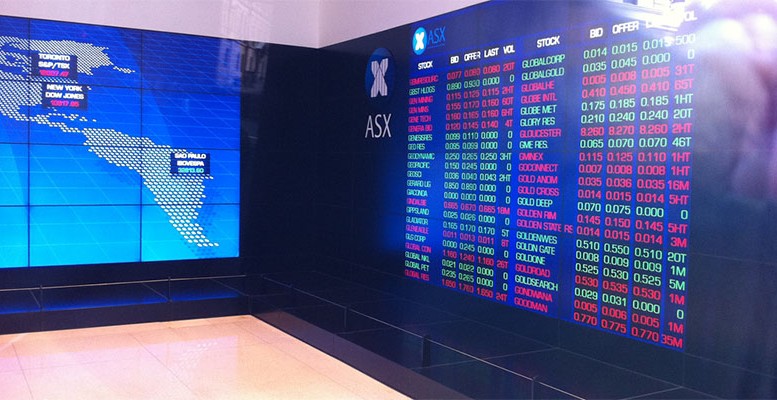The collapse of the global stockmarkets, with European bourses falling 10 percent or more over the past month, is a cry for help to the central banks to ‘do something’, namely provide more stimulus to the economy. One of these voices is Ray Dalio, founder of the world’s biggest hedge fund Bridgewater, who says the Federal Reserve needs to start printing money again to boost markets. Dalio thinks that ‘a move to a quantitative easing would bolster psychology.”
The FED remains silent for the moment, but in Europe the calls have been answered. Last March, the ECB began a bond-buying stimulus programme to the tune of 60 billion euros which has been extended through March 2017. And last Thursday, the central bank’s President Mario Draghi said he could step up the programme in two months’ time, emphasising yet again that “there are no limits to how far we are willing to deploy our instruments.’’
The media has reported that this time round, faced with the extremely bad economic situation in Europe – low growth, high unemployment and possible deflation – Draghi has the unanimous support of the 25 members of the Governing Council to do more.
Draghi’s words were sufficient to produce a turnaround in stock prices. While he was speaking, world markets began rebounding to positive figures. On Friday, share prices rose more that 3 percent in Europe, the best day in months.
The pressure for more stimulus is also gaining momentum in the US. The press is giving voice to dozens of economists, bankers and fund managers who angrily criticise Fed chair Janet Yellen because she has already started raising rates, calling for her to return to stimulus programmes.
These experts say the FED has limited itself in its decision-making to the unemployment figures, refusing to take into account the impact of the sharp plunge in oil prices on the inflation rate. They also claim the Fed is not concerned by the fact that there is no wage growth, and that consumer spending has been disappointing in recent months.
But not everybody believes that the answer lies in more stimulus. After years of very strong monetary intervention, the big central banks are stressing that there isn’t that much more they can do. Indeed, the room for manoeuvre for the ECB, the Fed and their brethren may be limited.
And while all those in favour of more ‘action’ point out that there is not any new essential information to explain the dramatic collapse in share prices, the truth is that the fundamentals are not good. And that is the real reason why the markets have lost confidence. The mood is gloomy, as we have seen recently in Davos, where dignitaries were sounding alarm bells about global economic growth this year.
One important factor is that listed companies’ asset prices are comparatively high. Another key concern is that China has ceased to be the motor for the global economy. Furthermore, the steep drop in oil prices is a threat for many of the bigger emerging economies, some of which could default, drag down the big banks and put the brakes on world trade.
In such a scenario, many think that stimulus might be the answer in the short run, but not in the long term. Kenneth Rogoff, for instance, who argues that the global economy is in the latter stages of a debt “supercycle”. He says a surge in stimulus, and even in government spending, would just prolong the current debt disease.





